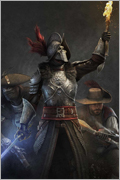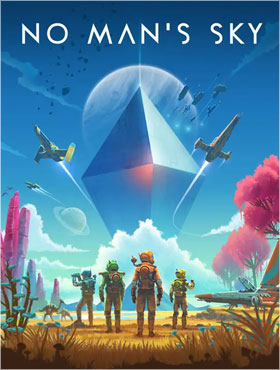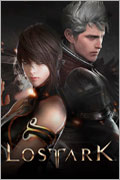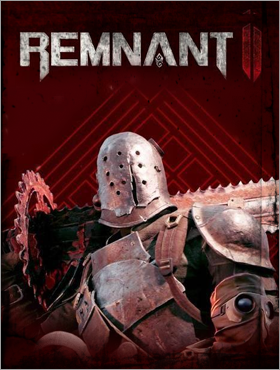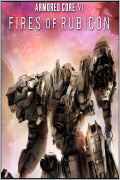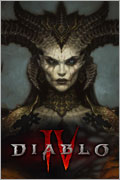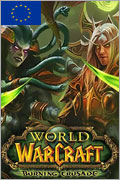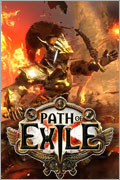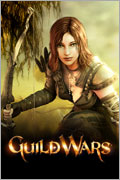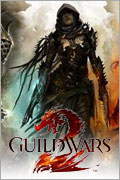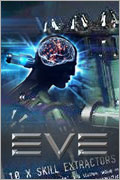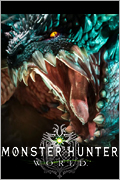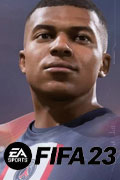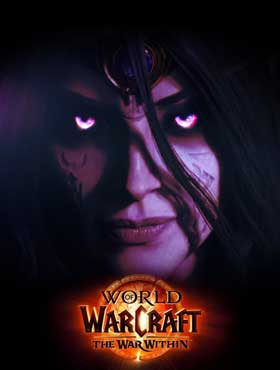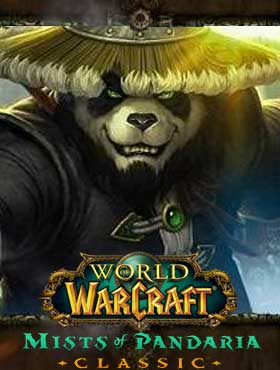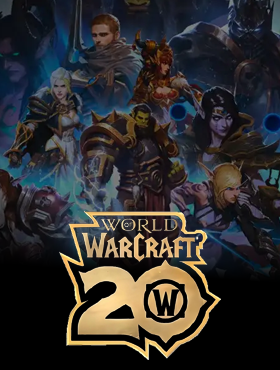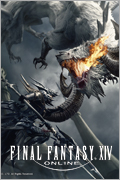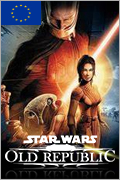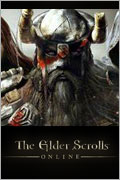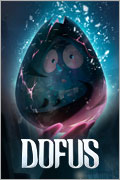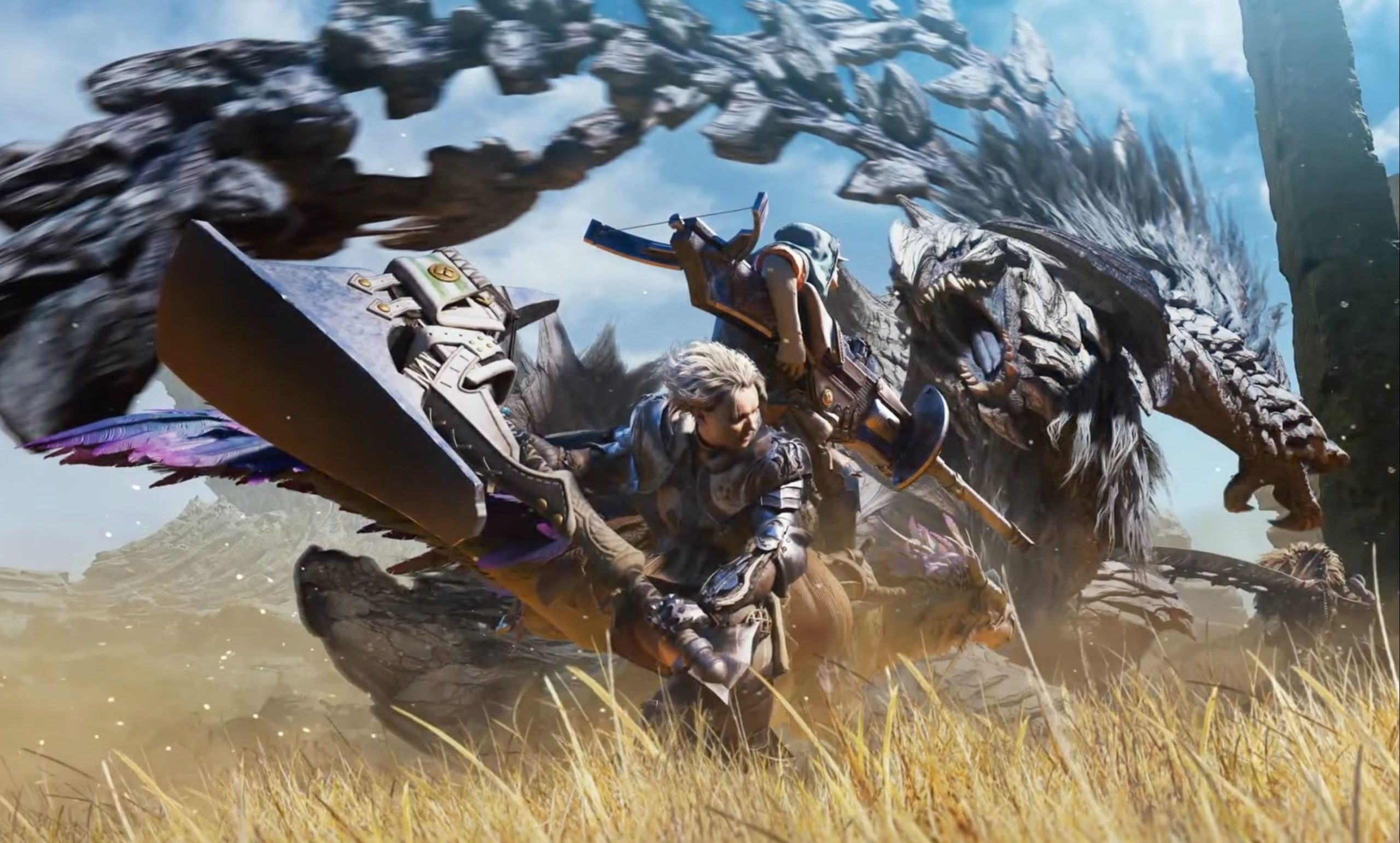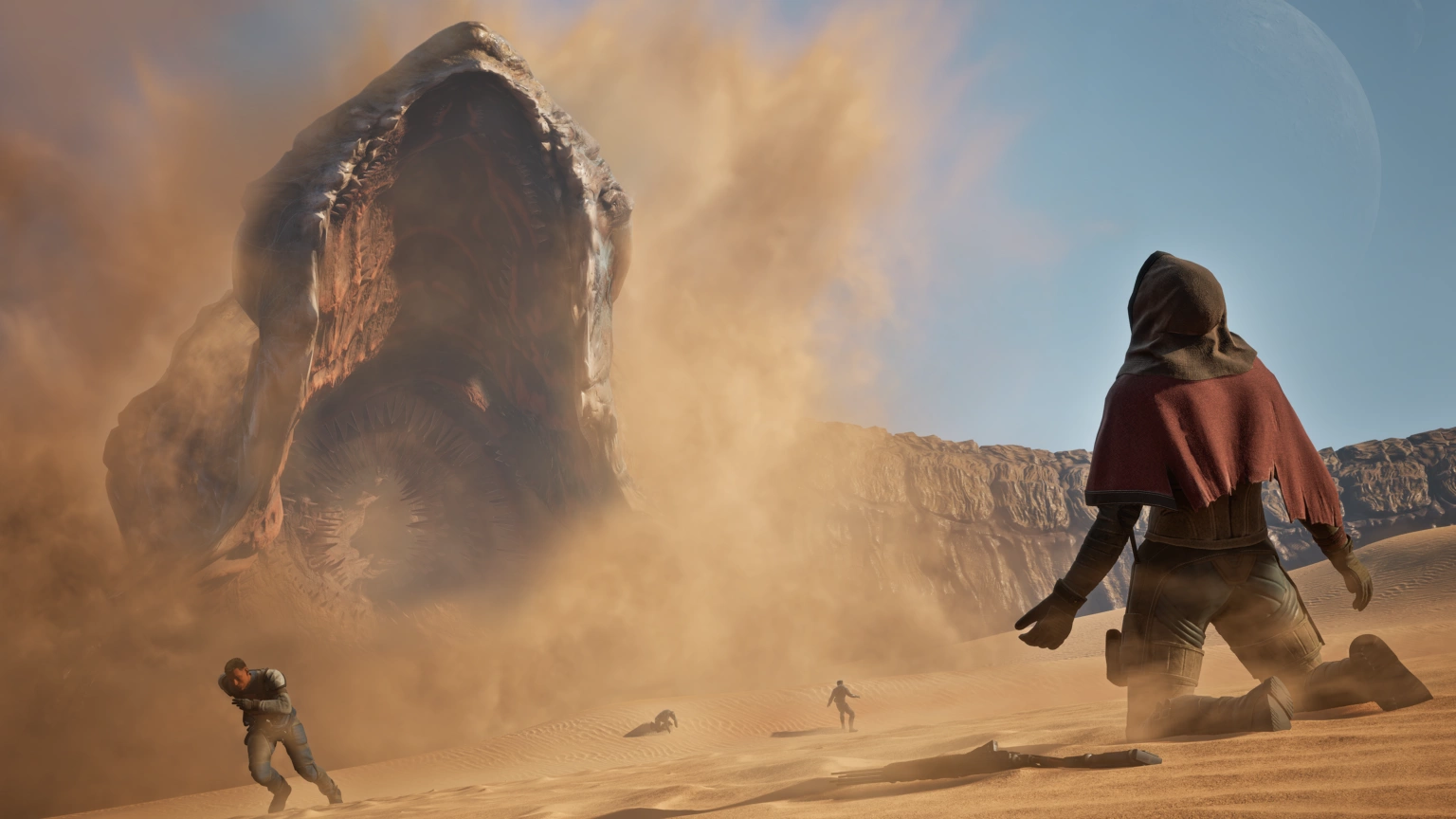“Odin:Valhalla Rising” – An Epic Fusion of Norse Mythology and Strategic Gameplay
In the vast universe of gaming, titles based on Norse mythology are not uncommon, yet Odin:Valhalla Rising stands out with its unique strategic mechanics, profound narrative, and exquisite art style. This game immerses players in a world woven by gods, giants, heroes, and fate, allowing every participant to experience Odin’s wisdom and political cunning firsthand. This article delves into the core gameplay, world-building, and distinctive experience of Odin:Valhalla Rising.
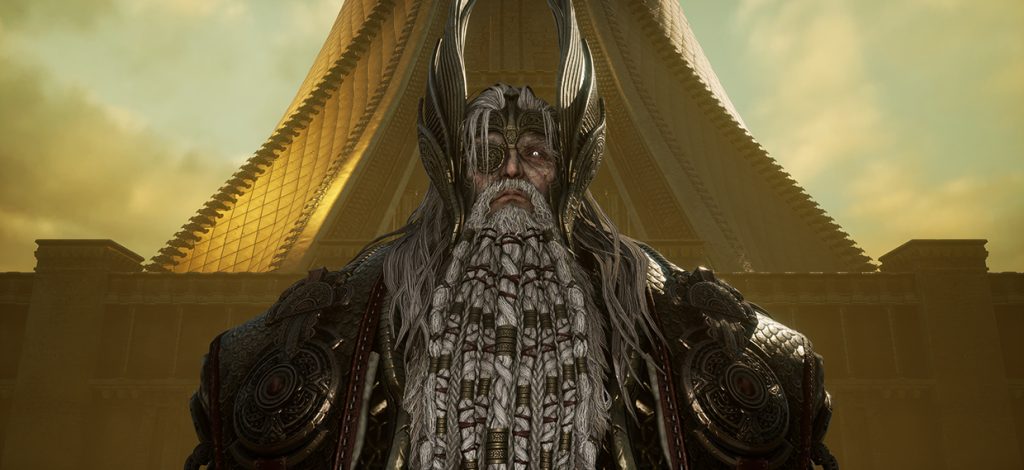
I. Game Setting: A Modern Take on Norse Mythology
Odin:Valhalla Rising draws from Norse mythology but avoids retelling Ragnarök in a conventional manner. Instead, it constructs an original “Divine Judgment” system. Players assume the role of a “Judge” chosen by Odin, tasked with resolving conflicts across the Nine Realms, guiding heroes, and ultimately shaping the outcome of Ragnarök.
The game’s world blends classic Norse legends with original storylines, such as:
The Selection of Valhalla: Players recruit fallen Einherjar warriors to prepare for the apocalyptic battle.
The Mystery of Runes: Collecting and deciphering runes unlocks powerful skills and strategies.
Divine Rivalries: Gods like Odin, Loki, and Thor are not mere NPCs but independent entities whose actions influence the world’s trajectory.
II. Core Gameplay: The Art of Strategy and Judgment
The game combines card-based strategy, resource management, and narrative decision-making, requiring players to optimize choices under limited resources while facing consequential outcomes.
The Judgment System – Deciding the Fate of the Nine Realms
The central mechanic is “Judgment,” where players make pivotal rulings at critical story junctures. Examples include:
Whether to pardon a fallen Einherjar? (Impacts army morale.)
How to punish a traitorous Loki? (Triggers future revenge or alliances.)
Sacrifice a village to delay Ragnarök? (Moral vs. strategic trade-offs.)
Each judgment alters reputation, resources, and branching endings, ensuring high replayability.
Card Combat – A Clash of Wits and Tactics
Battles utilize a card strategy system. Players build “Einherjar Decks,” leveraging hero traits, rune skills, and tactical synergies to defeat foes. Combat emphasizes foresight and resource management over brute stats.
Nine Realms Exploration – Unraveling Mythic Secrets
Players freely explore iconic Norse realms:
Midgard: Human conflicts and quests.
Jötunheim: A land of giants brimming with danger and opportunity.
Helheim: The realm of the dead, hiding crucial plot clues.
Random events, hidden quests, and mythic creatures ensure unpredictable adventures.
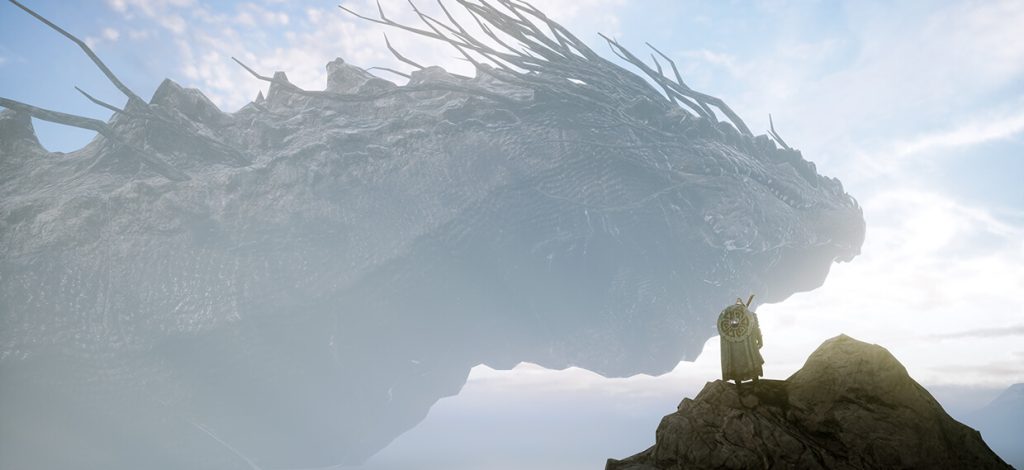
III. Art & Music: An Immersive Norse Epic
The game excels in audiovisual presentation:
Art Style: Combines low-poly geometry with hand-painted textures, balancing mythic grandeur with a unique aesthetic.
Character Design: Gods and heroes blend traditional lore with modern flair (e.g., Odin’s missing eye is reimagined as a glowing rune symbolizing wisdom).
Soundtrack: Features Nordic folk instruments like the tagelharpa and seljefløyte, crafting a hauntingly epic atmosphere.
IV. Highlights: A Mythic Experience Beyond Tradition
Multiple Endings: Over 10 endings, from “Victory at Ragnarök” to “The Nine Realms’ Annihilation,” shaped by player choices.
Dynamic World Evolution: NPCs react to judgments—a spared character may become an ally, while an executed hero could spark rebellion.
Mythic Authenticity & Innovation: Respects Norse lore while introducing original twists, balancing familiarity and novelty.

